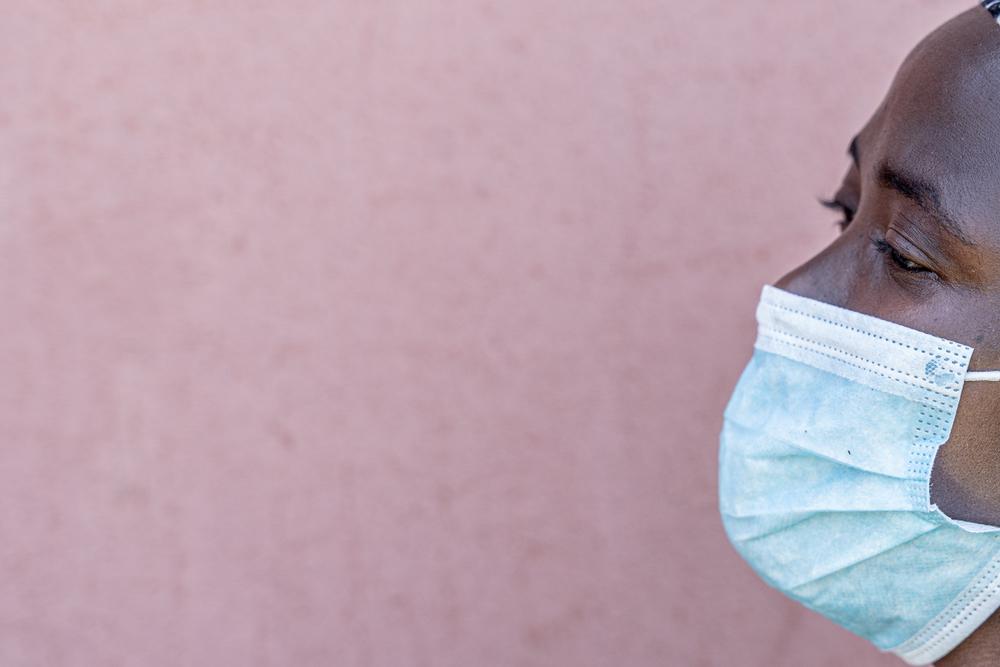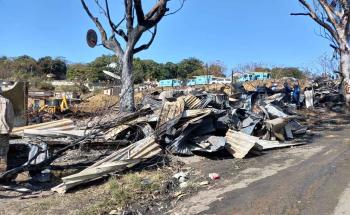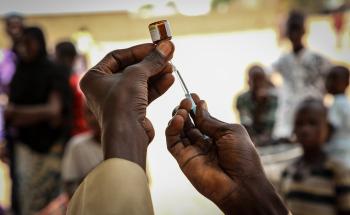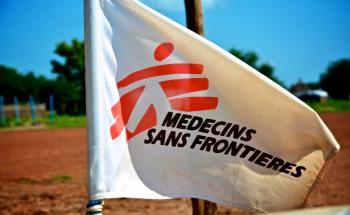The results of a national TB prevalence survey done in 2018 were released on 5 February, providing the first picture of progress made by South Africa’s TB program, and spotlighting key areas where more intensified efforts are needed.
Significant findings
Notably, the report estimates that there were a total of 390,000 people with TB in South Africa in 2018, yet in the same year only 235,652 people were notified as having TB, which means that 154,348 people were “missing”, or in other words were not screened, diagnosed, and started on treatment. This is significant. TB, like COVID-19, can be transmitted when people share the same air, but the risk of transmission is decreased when people are rapidly diagnosed and offered access to effective treatment. When people do not have access to these essential health services, TB transmission can continue and lead to increased suffering and death.
Accord to Dr Jennifer Furin, a TB doctor with MSF in Khayelitsha, one of the survey’s greatest values is the way it “highlights how people living with TB are not able to access the diagnostic and treatment care they need.” The survey was also revealing, says Furin, in that it “showed us that people who do not have HIV are more likely to be among those not diagnosed with TB, or offered TB treatment. The survey also shows that the gap between TB prevalence and diagnosis is bigger in males than among females, and in the young (15-24 years) and elderly. A large number of patients (57.8%) had chest x-rays (CXR) that were suggestive of TB, yet they showed no symptoms.
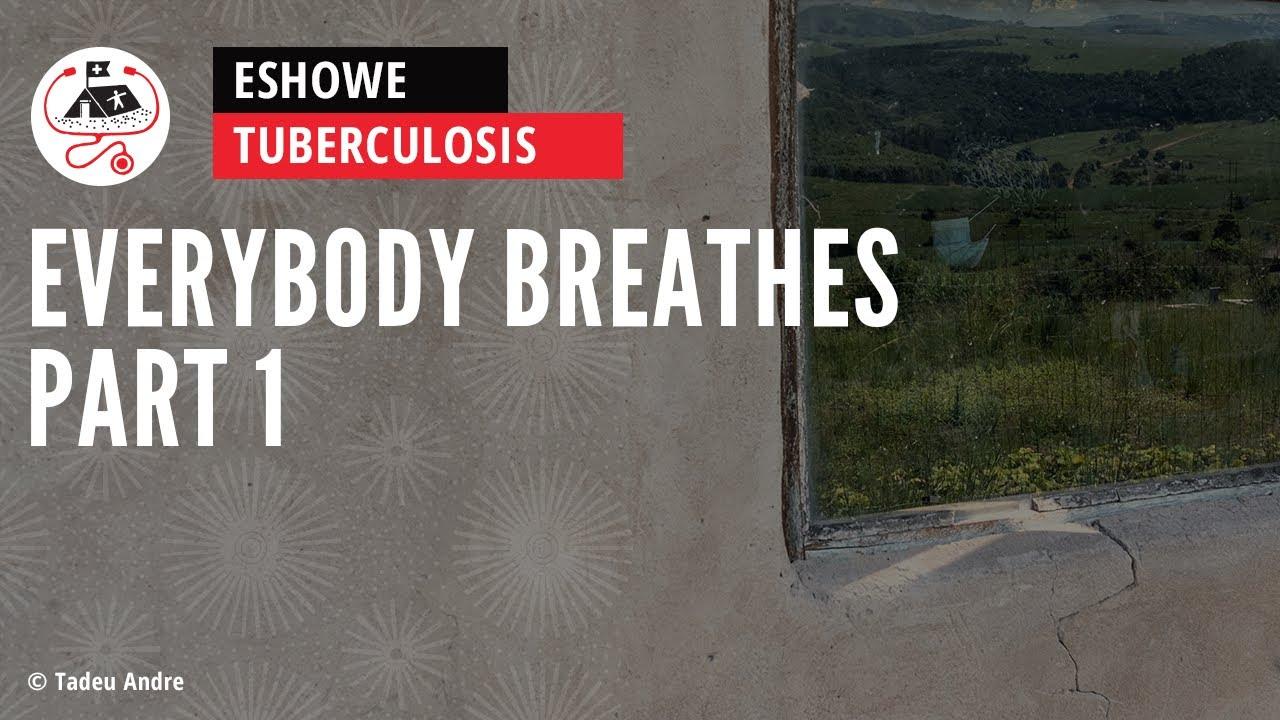
Everybody Breathes: Part 1
What can be done to address the identified issues?
“There is work to be done at every level of care,” says MSF medical advocacy manager, Dr Nomkhosi Mavuso.
“The important role of chest x-ray as an effective screening tool came through strongly in the survey, and this aligns with MSF experience in KwaZulu-Natal,” she says. MSF recently piloted the use of CXR for TB screening at the community level. Among1519 individuals in a rural population that received CXR with computer-aided detection, 708 findings were possibly suggestive of TB, and ultimately 14 people were diagnosed with TB and started on treatment.
“Use of chest x-ray as a TB screening tool has been limited to date, but a recent Department of Health policy brief recommends its use in future screening efforts targetting high-risk groups and communities. MSF supports broader access to chest x-ray for TB screening and diagnosis, as a means of reducing TB illness and death, and helping to stop TB transmission,” Mavuso says.
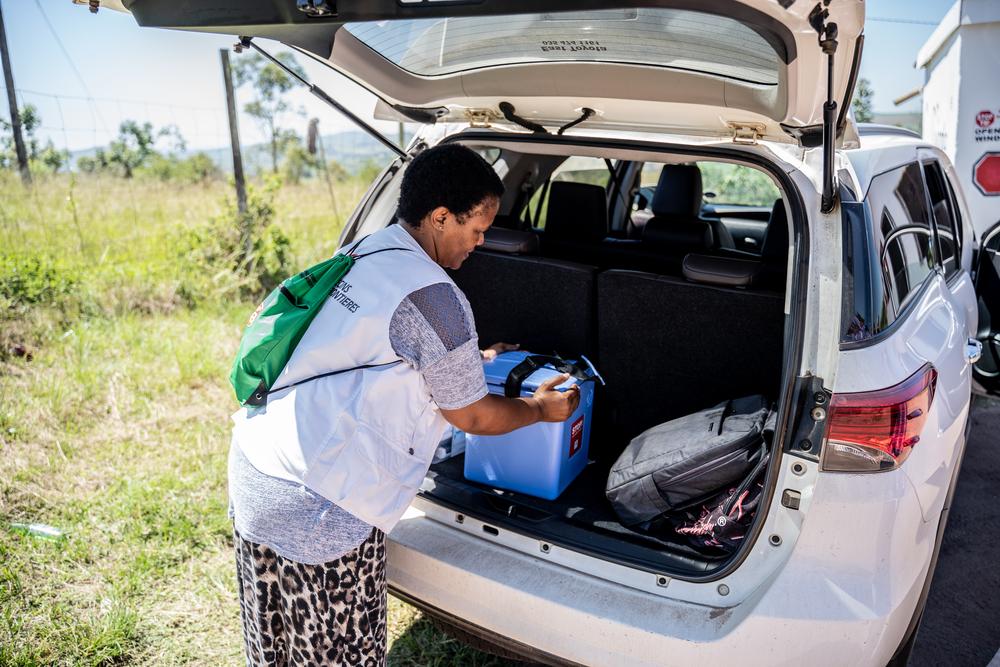
The prevalence survey also demonstrated that many more people living with TB can be identified when all the best available diagnostic tools are deployed. This, too, echoes recent MSF experience. Between March 2019 and March 2020, MSF in collaboration with the Department of Health offered patients who were admitted in Eshowe and Mbongolwane hospitals a diagnostic package that include Gene-Xpert (a rapid diagnostic test for Tuberculosis detection), laboratory testing of sputum cultures, a TB-LAM test (a test that efficiently detects TB in people living with HIV), and a chest x-ray.
This intervention contributed to a doubling of the number of people found to have TB in hospitals, when compared with the previous year. . “Although this intervention was limited to hospitals, where resources allow, enhanced diagnosis is needed at the community level, too, in order to bring down the number of “missing” cases,” says the medical coordinator for MSF in Eshowe, Dr Liesbet Ohler. “Importantly, given the survey’s finding that 58% of the people who were diagnosed with TB did not have HIV, access to these diagnostic tools needs to be for both HIV positive and non-HIV people,” Ohler says.
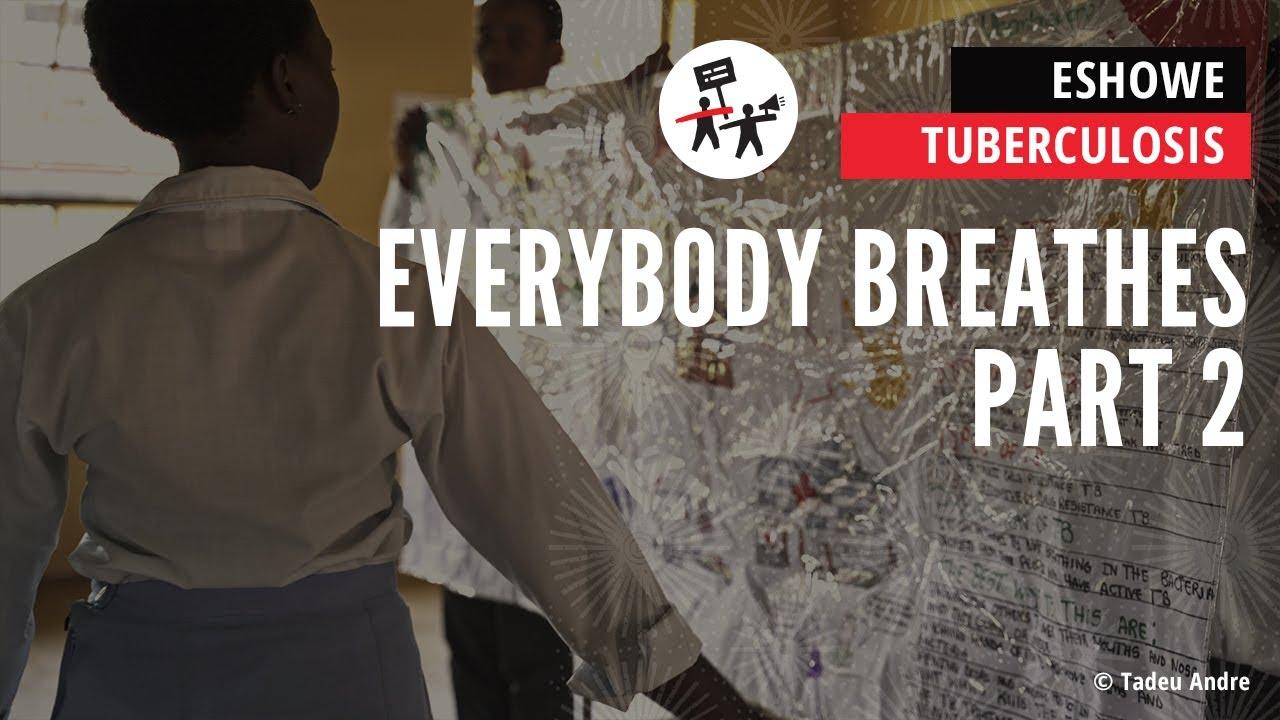
Treating TB in Eshowe, South Africa
Taking TB management into communities
Those who were diagnosed with TB in the course of the prevalence survey said that they had been “planning to” seek care previously, but did not mainly due to logistical challenges. Investment in interventions at the community level is crucial.
In Eshowe, MSF and the Department of Health have been attempting to expand access to TB and HIV services for rural communities, in the form of community health hubs called Luyanda sites. “13 sites have been established in rural parts of King Cetshwayo District so far, offering defaulter and contact tracing, and collection of sputum samples, with additional services to follow,” says Ohler. Among 4990 people screened for TB in 2020, 220 (4.4%) screened positive. These sites are also attractive to young people, with 30% of all people screened being 15-25 years old.
In Khayelitsha, the MSF health promotion team in partnership with the City of Cape Town and Western Cape Province Department of Health took TB education and testing out of the clinics and into the community in 2020, targeting high-risk neighbourhoods where someone had recently been diagnosed with TB. “TB education was done by the health promotion team and sputum cups were widely distributed along with instructions on how to drop them off at temporary community pick-up points,” says MSF health promotion manager in Khayelitsha, Nompumelelo Zokufa.
The number of people who learned that they had TB in this way was high, with 7.5% of all sputum samples testing positive. All of those who tested positive were linked to treatment. “Although this intervention was largely done to address the steep decline in TB testing and diagnosis caused by COVID-19, it underlines the importance of community-based access to testing and the need for approaches that move beyond just screening for TB symptoms,” Zokufa says.
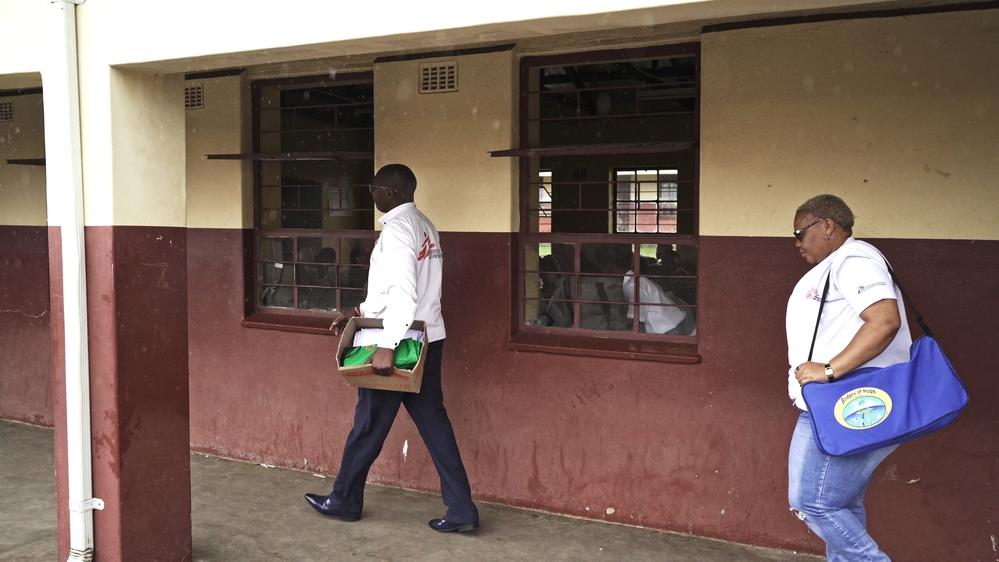
Prevention
TB prevention is a major leg of the World Health Organization’s (WHO) strategy to “End TB” by 2035, and one of strategies recommended by the WHO is the provision of TB preventive treatment (TPT) to those who are at high risk of developing TB disease, particularly people living with HIV and close contacts of TB cases, as studies show the effectiveness of TPT in preventing TB disease ranges from 60% to 90%. The prevalence survey suggests there are 390,000 people living with TB in SA, and with the average household size being 3.3 people this means that 897,000 people (and in all likelihood more, due to the impact of COVID-19 on TB services) were exposed to TB in the household, and are in need of TPT as an urgent intervention.
Implementation of South Africa’s TPT policy has been challenging for a range of reasons, but a recent Drug-Resistant TB prevention program piloted by MSF showed that TPT can be rolled out. “We successfully provided TPT to over 79 vulnerable individuals, who had been exposed to drug-resistant TB in their households in Khayelitsha, potentially preventing these people from becoming sick,” says Ivy Apolisi, an MSF nurse.
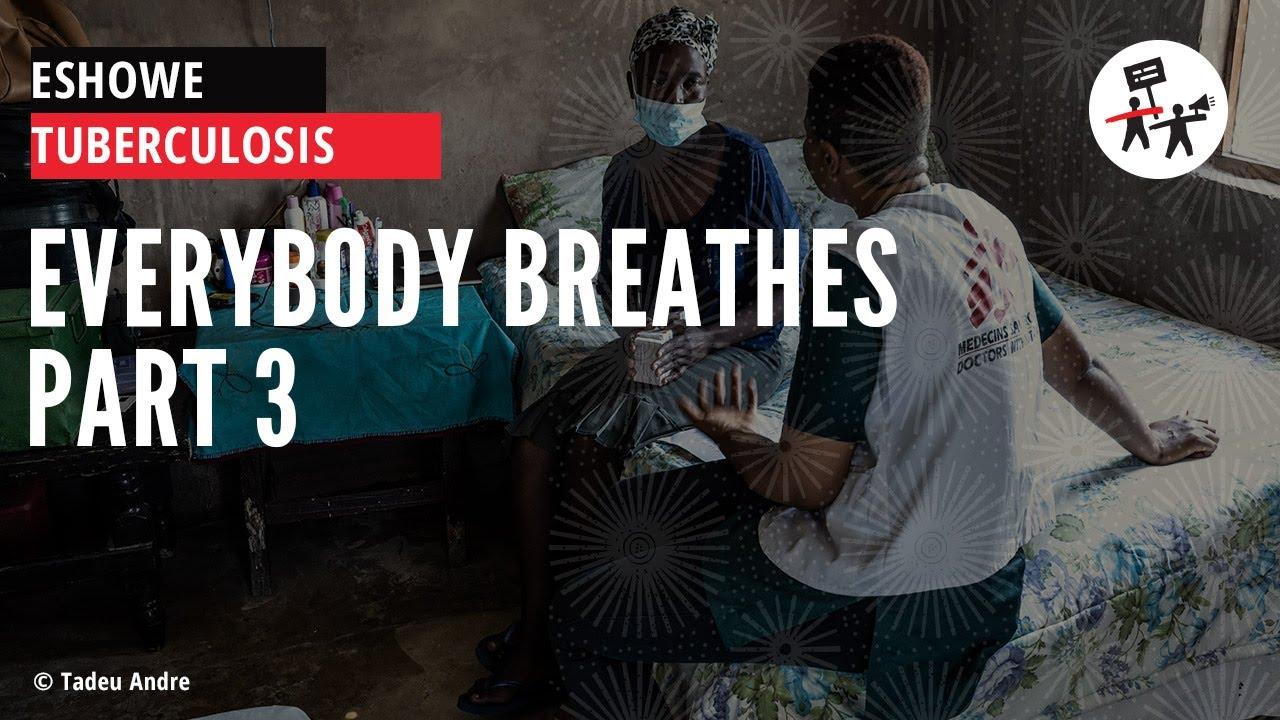
Treating TB in Eshowe, South Africa
What the prevalence survey left out
As is often the case in prevalence surveys, younger adolescents and children were not included. “This is part of a historical legacy in the field of TB where vulnerable children and adolescents are routinely and deliberately excluded from TB policy and planning. The result is a not only lack of understanding of the pediatric TB pandemic in the country but the inability to strategically direct resources to this population,” says Furin, adding that the yawning gap between the estimated prevalence of TB in older adolescents and those who were diagnosed and treated for the disease is likely only the tip of the iceberg when it comes to children.
No time to waste
The TB prevalence survey results are from 2018, and South Africa’s health system has since endured two incredibly disruptive waves of COVID-19, making it likely that the number of people who went undiagnosed and untreated in 2020 was much greater. “The need to implement new innovations on a broader scale is beyond urgent,” says Mavuso. “We are living through a TB emergency, and it requires a proportionate response.”
